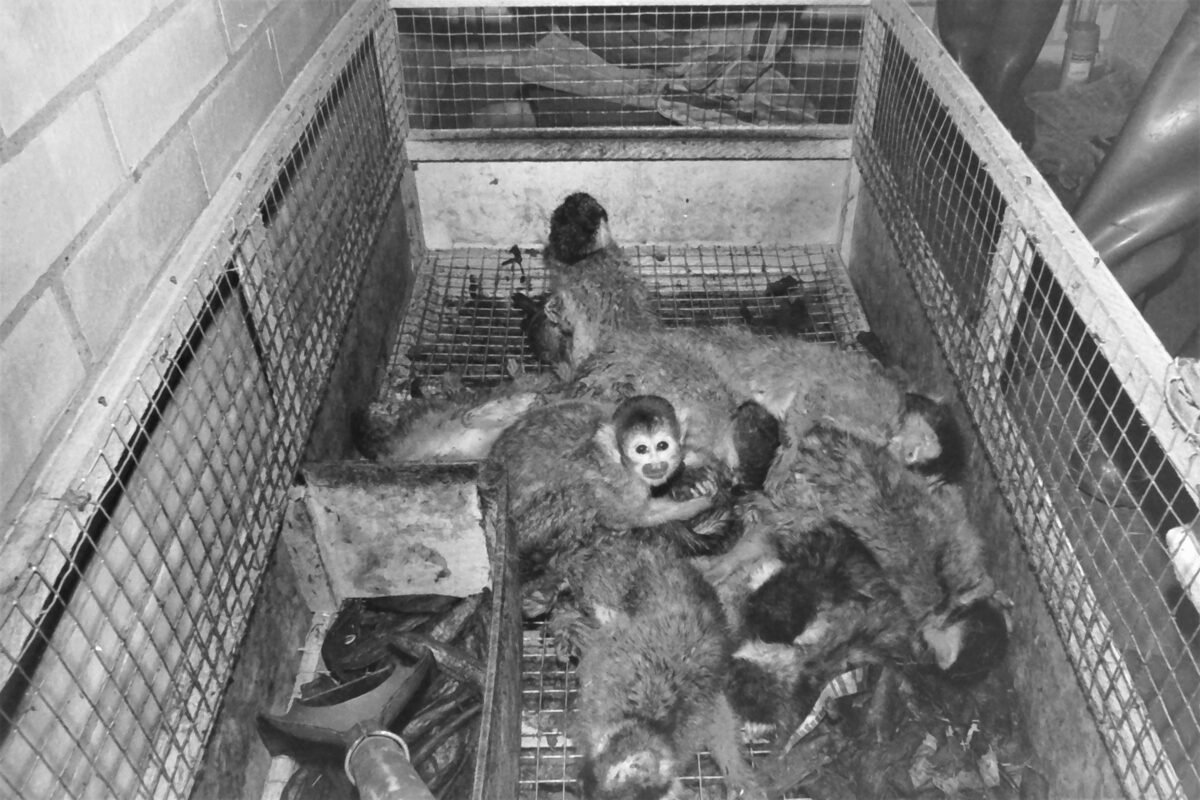-
The London airport monkey run.

The London Airport monkey run involved the suffering and death of thousands of monkeys. So many that the media dubbed it the massacre of the monkeys.

The London Airport monkey run involved the suffering and death of thousands of monkeys. So many that the media dubbed it the massacre of the monkeys.